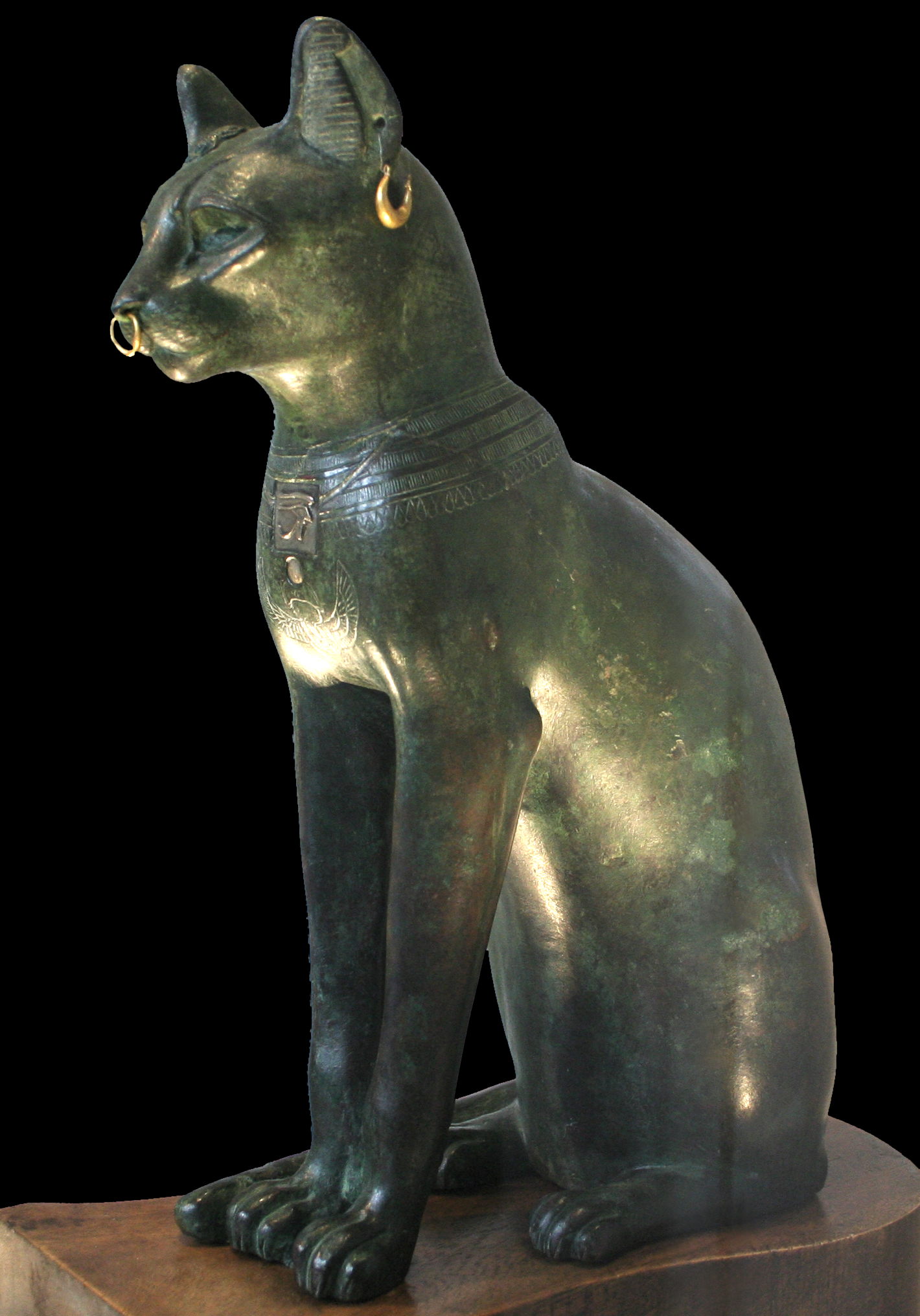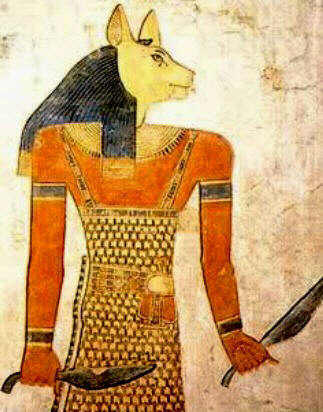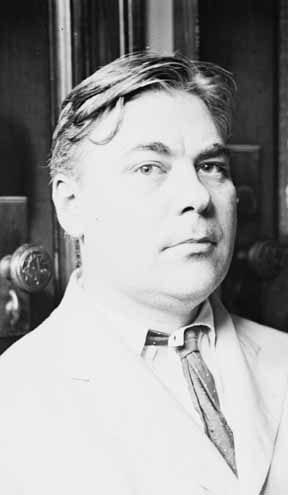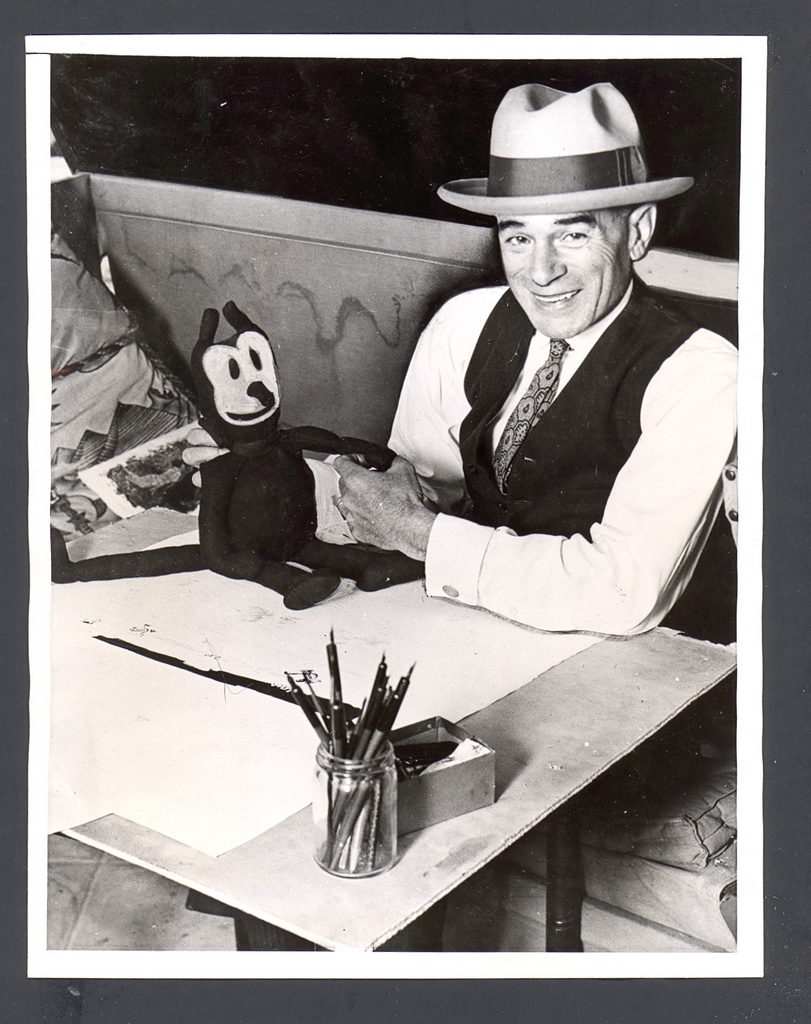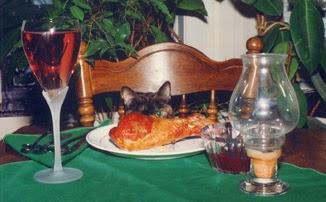We at the Watch Cat Files have some exciting news. Our composer and good friend Marcello De Francisci, with the help of Lisa Gerrard, (Gladiator, The
Insider) have just finished scoring the upcoming western for a
Hollywood film, "Jane got a Gun." Directed by Gavin O'Connor starring
Natalie Portman, Joel Edgerton, Ewan McGregor.
We
are very excited that our own composer will be a part of something so
amazing. And we are equally excited on working with Marcello on future
episodes of Watch Cat.
Congrats Marcello, you deserve it!
You can read all about it from the article below or click here.Lisa Gerrard & Marcello De Francisci to Score Gavin O’Connor’s ‘Jane Got a Gun’
Posted: November 6, 2014 by filmmusicreporter in Film Scoring AssignmentsTags: Gavin O'Connor, Jane Got a Gun, Lisa Gerrard, Marcello De Francisci
0
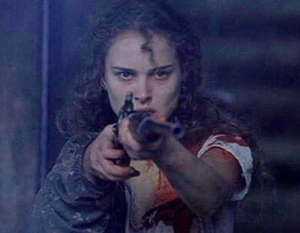
Lisa Gerrard and Marcello De Francisci have been tapped to score the upcoming western Jane Got a Gun. The film is directed by Gavin O’Connor and stars Natalie Portman, Joel Edgerton, Ewan McGregor, Rodrigo Santoro, Boyd Holbrook and Noah Emmerich. The movie follows a woman who asks an ex for help to save her outlaw husband from a gang out to kill him. Portman is also producing the project for her Handsomecharlie Films company, alongside Scott Steindorff (The Lincoln Lawyer, The Human Stain), Aleen Keshishian, Terry Dougas, Scott LaStaiti and Regency Boies. O’Connor has previously collaborated with composer Mark Isham on his last features including Miracle, Pride and Glory and Miracle. Gerrard’s best known previous scoring credits include Ridley Scott’s Gladiator, Michael Mann’s The Insider & Ali and Nikki Caro’s Whale Rider. De Francisci has previously collaborated with Gerrard on projects including Samsara and Burning Man. Jane Got a Gun is currently in post-production and is set to be released on February 20, 2015 by Relativity Media.







.JPG)
.JPG)
